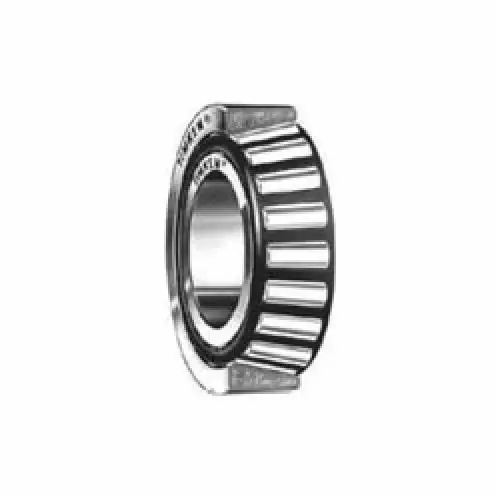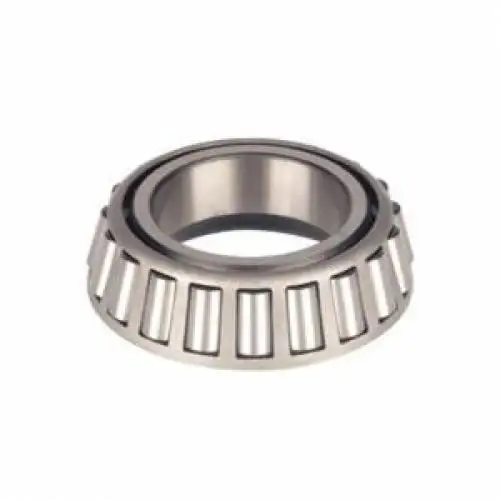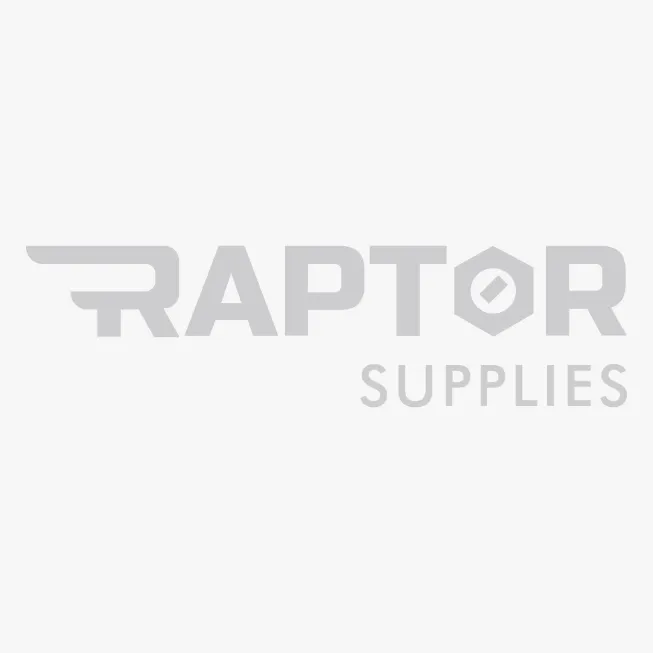Timken HM89443-2 taper roller bearing cone is a type of rolling element bearing component. It consists of a tapered inner raceway for smooth rotation of a shaft or axle within an outer raceway or cup. This component is used in gearboxes, rolling mills, steer axles, pusher axles and propellers.
Features:
- Timken HM89443-2 taper roller bearing cone has a stamped steel cage for durability.
- It has a static radial rating of 119 kN and a dynamic radial rating of 28.6 kN.
- This bearing cone can accommodate both radial (perpendicular to the shaft) and axial (parallel to the shaft) loads.
Frequently Asked Questions:
Q. How to install this jaw coupling spider?
A.
- Always ensure that the power source to the equipment is turned off and locked out to prevent accidental start-up during installation.
- Check the spider coupling components, including the hubs and the elastomeric insert (spider), for any damage or wear. Replace any damaged parts.
- Ensure that the two shafts you are connecting with the spider coupling are properly aligned. Misalignment can cause premature wear and failure.
- Apply a small amount of lubricant to the shaft ends and the inside of the spider to ease installation and reduce friction during operation.
- Slide one hub onto each shaft, ensuring that they are flush against the shaft shoulder. Make sure they are positioned symmetrically on each shaft.
- Place the elastomeric spider between the two hubs. The spider should fit snugly into the recesses in the hubs.
- Depending on the type of spider coupling, secure the hubs together using bolts, clamps, or set screws.
- Tighten the fasteners evenly and to the manufacturer's recommended torque specifications. Ensure that the hubs are securely attached to the shafts.
- Recheck the alignment of the shafts. Adjust if necessary.
- Slowly rotate the equipment by hand to ensure that there is no binding or unusual resistance. If everything appears normal, you can proceed to start the equipment.
- Turn on the power source and run the equipment at a low speed to confirm that the coupling is functioning correctly.
- Regularly monitor the coupling during operation for any signs of vibration, overheating, or unusual noise. Address any issues promptly to prevent further damage.
Q. What are preload and clearance in taper roller bearing cones?
A. Preload is the intentional application of a slight axial force to eliminate any internal clearance in the bearing. Clearance, on the other hand, is the space between the rolling elements and raceways.
Q. What are the key factors to consider when selecting a bearing for an application?
A. Factors include load type & magnitude, speed, operating temperature, environmental conditions and space constraints.
Q. What is the difference between radial and thrust bearings?
A. Radial bearings support loads perpendicular to the shaft (radial direction), while thrust bearings support axial loads parallel to the shaft (thrust direction).
Q. Why are bearing clearances important for bearings?
A. Bearing clearances are the spaces between the rolling elements and raceways. Proper clearance settings are crucial for achieving the desired performance characteristics and minimising play.
 Change Country
Change Country



